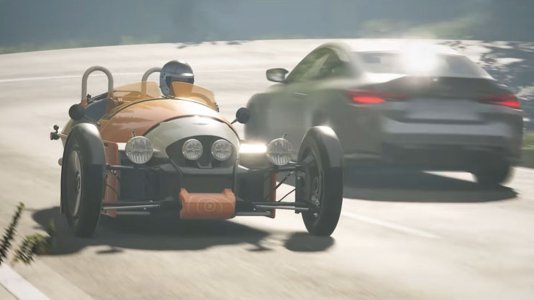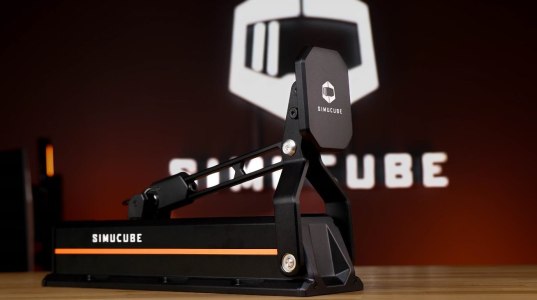I take it you are using sensible values for all the maps?
Glossiness goes on the spec map alpha, so the glass needs to be white or very near white in the alpha.
The IOR is then on the spec map rgb channel.
Metals need a colour in the IOR map appropriate for the metal being reproduced.
Note that that map is linear too, so you need to take the IOR, turn it into a perpendicular reflection factor and gamma encode it, then multiply that by 255 to get the colour you should author in gamma space, to then appear as the right value in linear space.
So glass is 1.5 or so.
(n - 1).squared / (n + 1).squared = fresnel bias
So.
0.5 sq / 1.5 sq = 0.04
Gamma that.
0.04 power (1 / 2.2) = 0.231
0.231 * 255 = 50rgb or so.
Check here to just double check the values you are using.
http://seblagarde.wordpress.com/2012/04/30/dontnod-specular-and-glossiness-chart/
Also note that as mentioned earlier, the Racer sky colour and intensity are a bit incorrect right now for a few reasons, so reflecting them with these materials will usually give you results that look a bit wrong.
You really need to have a sky that is giving out sensible realistic values to be reflected and to light materials for things made with these materials to look 'right'
I've made a basic brick house here with reflective glass windows, normal mapped plastic door frames and window frames, tile roof with normals etc etc all one on material and each part looks 'ok'
It was very rough and quick but the shader works correctly.
Hopefully Stereo will post up his utils.cg file with the soft envmap feature, and then add that soft envmap entry to the PBL. I've added it here but I mess too much with my shaders so I'm not sure what you might be getting haha
So far though your building looks good to me. It probably is more a case of lighting and environment than the building you have made!
I'll try post up one of my new calibrated lighting scenes tonight then you can use it to develop your PBL materials in!
It's still not perfect of course, because of the whole way Racer deals with the sun/specular etc, but it's better than nothing for now
Dave
Glossiness goes on the spec map alpha, so the glass needs to be white or very near white in the alpha.
The IOR is then on the spec map rgb channel.
Metals need a colour in the IOR map appropriate for the metal being reproduced.
Note that that map is linear too, so you need to take the IOR, turn it into a perpendicular reflection factor and gamma encode it, then multiply that by 255 to get the colour you should author in gamma space, to then appear as the right value in linear space.
So glass is 1.5 or so.
(n - 1).squared / (n + 1).squared = fresnel bias
So.
0.5 sq / 1.5 sq = 0.04
Gamma that.
0.04 power (1 / 2.2) = 0.231
0.231 * 255 = 50rgb or so.
Check here to just double check the values you are using.
http://seblagarde.wordpress.com/2012/04/30/dontnod-specular-and-glossiness-chart/
Also note that as mentioned earlier, the Racer sky colour and intensity are a bit incorrect right now for a few reasons, so reflecting them with these materials will usually give you results that look a bit wrong.
You really need to have a sky that is giving out sensible realistic values to be reflected and to light materials for things made with these materials to look 'right'
I've made a basic brick house here with reflective glass windows, normal mapped plastic door frames and window frames, tile roof with normals etc etc all one on material and each part looks 'ok'
It was very rough and quick but the shader works correctly.
Hopefully Stereo will post up his utils.cg file with the soft envmap feature, and then add that soft envmap entry to the PBL. I've added it here but I mess too much with my shaders so I'm not sure what you might be getting haha
So far though your building looks good to me. It probably is more a case of lighting and environment than the building you have made!
I'll try post up one of my new calibrated lighting scenes tonight then you can use it to develop your PBL materials in!
It's still not perfect of course, because of the whole way Racer deals with the sun/specular etc, but it's better than nothing for now
Dave










